

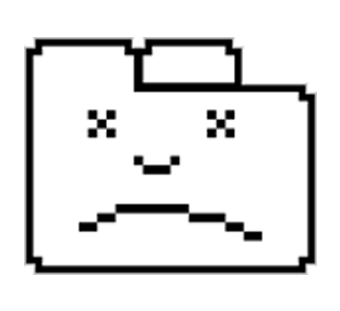


Web Ruins. The title of my online exhibition is supposed to evoke a sort of dichotomy about a historical context and the internet for the viewer. The word ruin is usually reserved for old historical buildings of which only a few things are left over. The goal of my exhibition was to appropriate this concept for the web and put dysfunctional/halfway functioning works of net.art on par with this concept of ruins. For this the content of the following works was less important than the part they played in defining this concept of “Web Ruin”. I chose 6 different pieces with different degrees of accessibility and aesthetic value. The works featured on my website can essentially be divided in four different categories. Ones that are completely dysfunctional on all modern devices and have barely any literature or documentation and are inaccessible by archival websites. Ones that are dysfunctional on all modern devices but are accessible through archival websites that only show screenshots and have a certain amount of documentation. The third category is for works that function on desktop computers but not on mobile computers because they don’t support all plugins. The fourth is that of works of art using bits and pieces of old dysfunctional websites as their primary sources. I present these works in that order so as to show the viewer different sorts of “Web Ruins”. My exhibition tries to challenge the notions of the value of preserving art institutionally and privately. It raises the questions of the ephemerality of net.art and if it is an inherent quality of the medium. But most importantly it imposes the viewer with a question: What if I’ll never see the most important works of art of a generation because they are dysfunctional? The aim of this question leads the viewer to question all historical sources and hopefully leads them to question if there is anything else that has been left out of our history books. What if there is a different history? A history full of forgotten and destroyed sources.

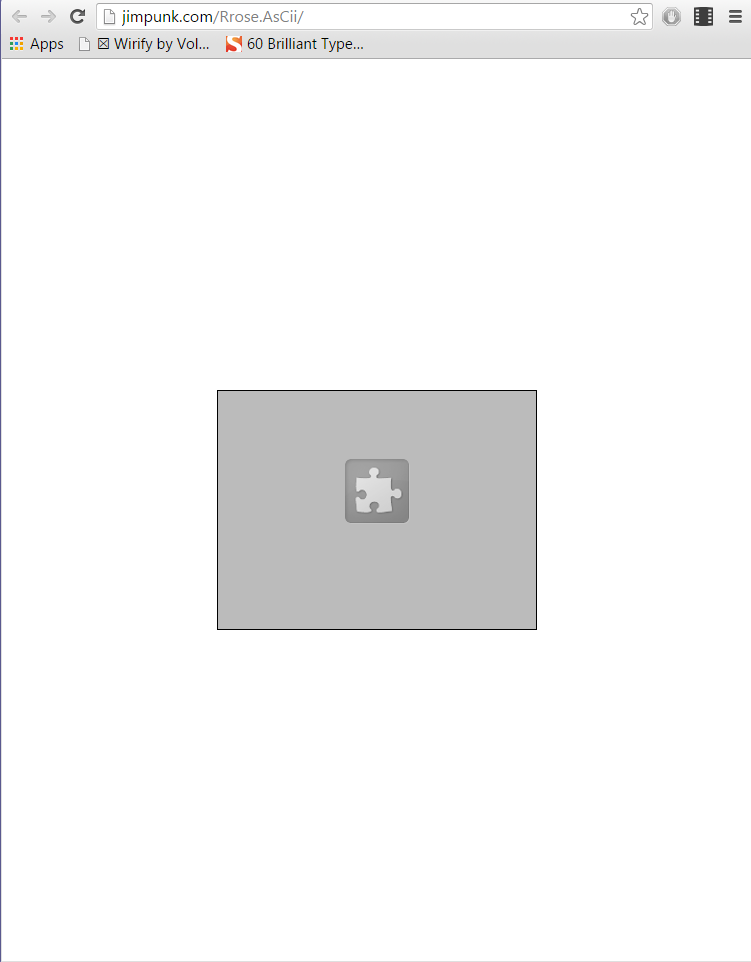

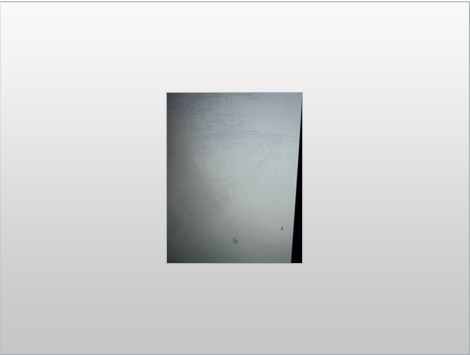
Finding biographical information about Jim Punk online is impossible. They are an artist working anonymously on the web for quite a while according to the works first posted on their website. This is one of the main reasons I was attracted to featuring his piece Rrose ASCII Morse Code in my exhibition because not only is it dysfunctional but because of the mystery surrounding the artist. If you visit the website on which the project is hosted you will find yourself facing a non-working plugin. I decided to research the work a bit more but the only visual information I found was a picture of the screen (not a screenshot). There was barely information present as to what the piece was. As I understood it, it was a sort of animation of Marcel Duchamp’s alter ego Rrose Selavy revealing itself to be ASCII code. The artist being anonymous and the work dealing with identity, Rrose ASCII Morse Code, is supposedly an exploration on self-representation. This paired with the fact that there is only one surviving image of the work online leads us question our own impact on the web. What will be left of all our social media profiles in less even 20 years? Will these corporations hosting hundreds of millions of our collective memories even still exist? What is their responsibility towards preserving these? This leads me to my next work, Unfolding Object, which is hosted on the Guggenheim’s website, yet still dysfunctional.

As mentioned above, John F. Simons Jr.’s is hosted on the Solomon R. Guggenheim Museum’s website. Since it does not function across all modern devices because of outdated plugins I chose to feature it in my exhibition. This piece has a lot more information online than the previous piece, probably because it was created by a relatively better known artist and hosted by a well-known institution. The piece itself starts out as cube and every time the user clicks the cube, a piece unfolds from it. After an hour the object formed will fold back on itself and the colors will change. Although the content of the piece itself is noteworthy, I’m more interested in the fact that this now defunct piece of art is hosted and owned by an institution as notable as the Guggenheim. Was it purposefully left to rot online? Was it forgotten by the curators? Was is it dictated by the artist? I don’t think we will ever know the real reason. Regardless, it is a much different situation than when the work is abandoned by the artist, as with Jim Punk’s Rrose Ascii. I do not wish to answer whether or not net.art is to be maintained to always be visible or whether it is the nature of the work to be ephemeral, rather to facilitate the discussion. The nature of its existence (or lack thereof) on the web, is more important than decisions that led it to exist in its current state. There is no information about other ways of archival unlike the next work in my exhibition.

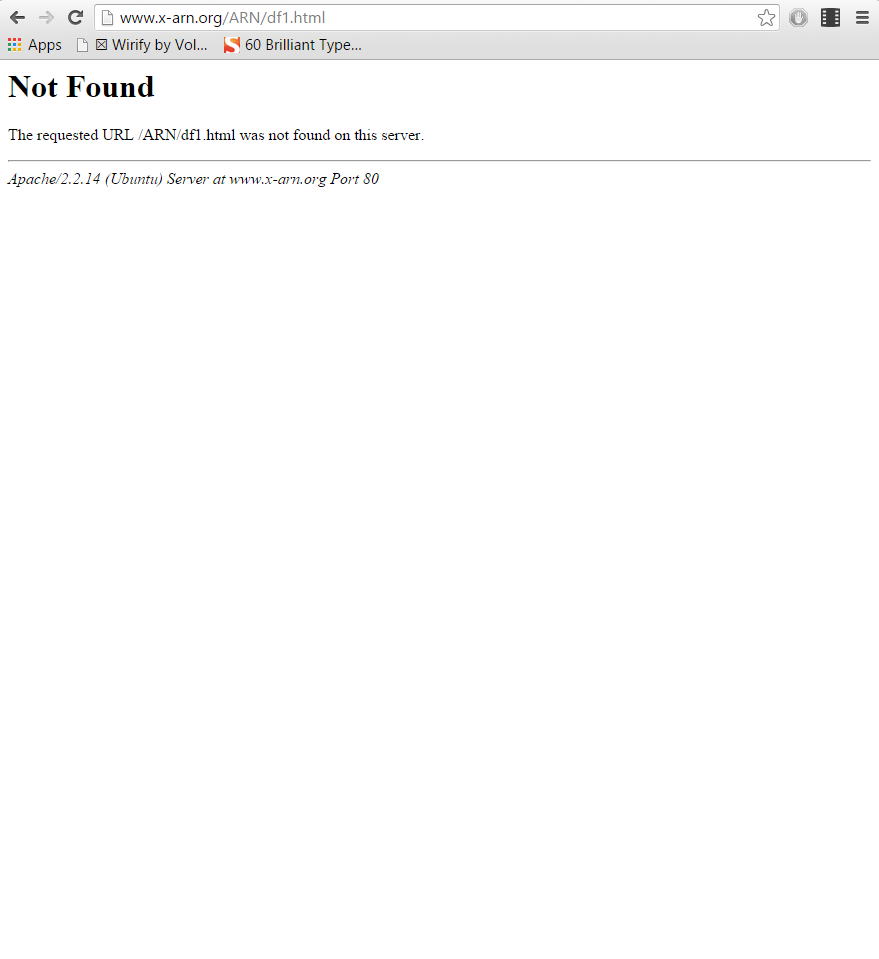
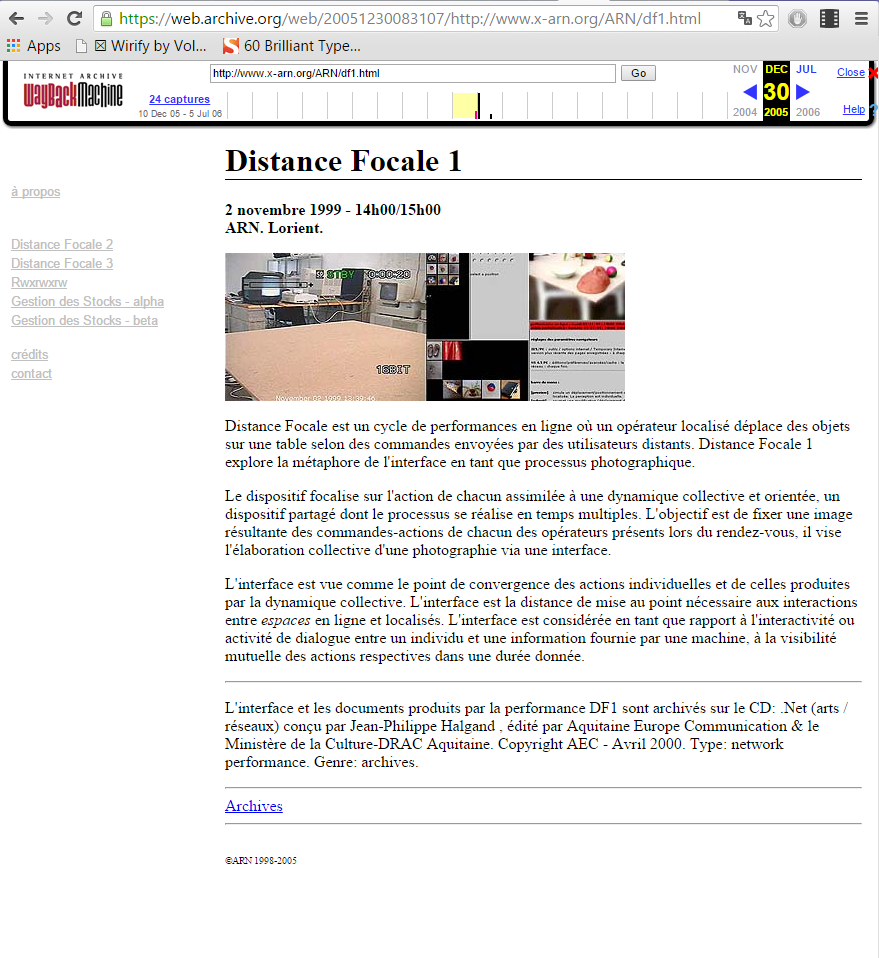
Action Reseaux Numerique’s Distances Focales 1 is a bit of a different sort of “Web Ruin” than the previous works. The website on which the project is hosted is not online anymore so I had make use of the "The Wayback Machine" an internet archival project that archives sites by taking screenshots at different periods of time. I decided to include Distances Focales 1 because of its archival history. As the artists probably conceived it, the website was destined to one day die. In precaution they archived the works on a CD commissioned on by the Ministry of Culture of Aquitaine. Yet CD’s are yet another form of disappearing technology. It now pretty much has the accessibility of a floppy disc. According to Furtherfield.org, x-arn.org is “a net art team consisting of Gregoire Cliquet, Laurent Neyssensas and Yann le Guennec. It is ARN (in French it would mean "Digital Net Projects"). ARN is a structure open to everyone, whose activity is "directed to the net".” Roughly translated from their website, Distances Focales 1 is a cycle of live/online performances where an operator moves objects along a table according to commands given online by users around the world. The goal of the performance was to illustrate and create a metaphor about the passivity of giving commands to machines, yet humanize it simultaneously. However, hosting or creating artworks on the internet and machines gives control of artwork to those machines, which may not survive the rapidly evolving digital ecosystem.

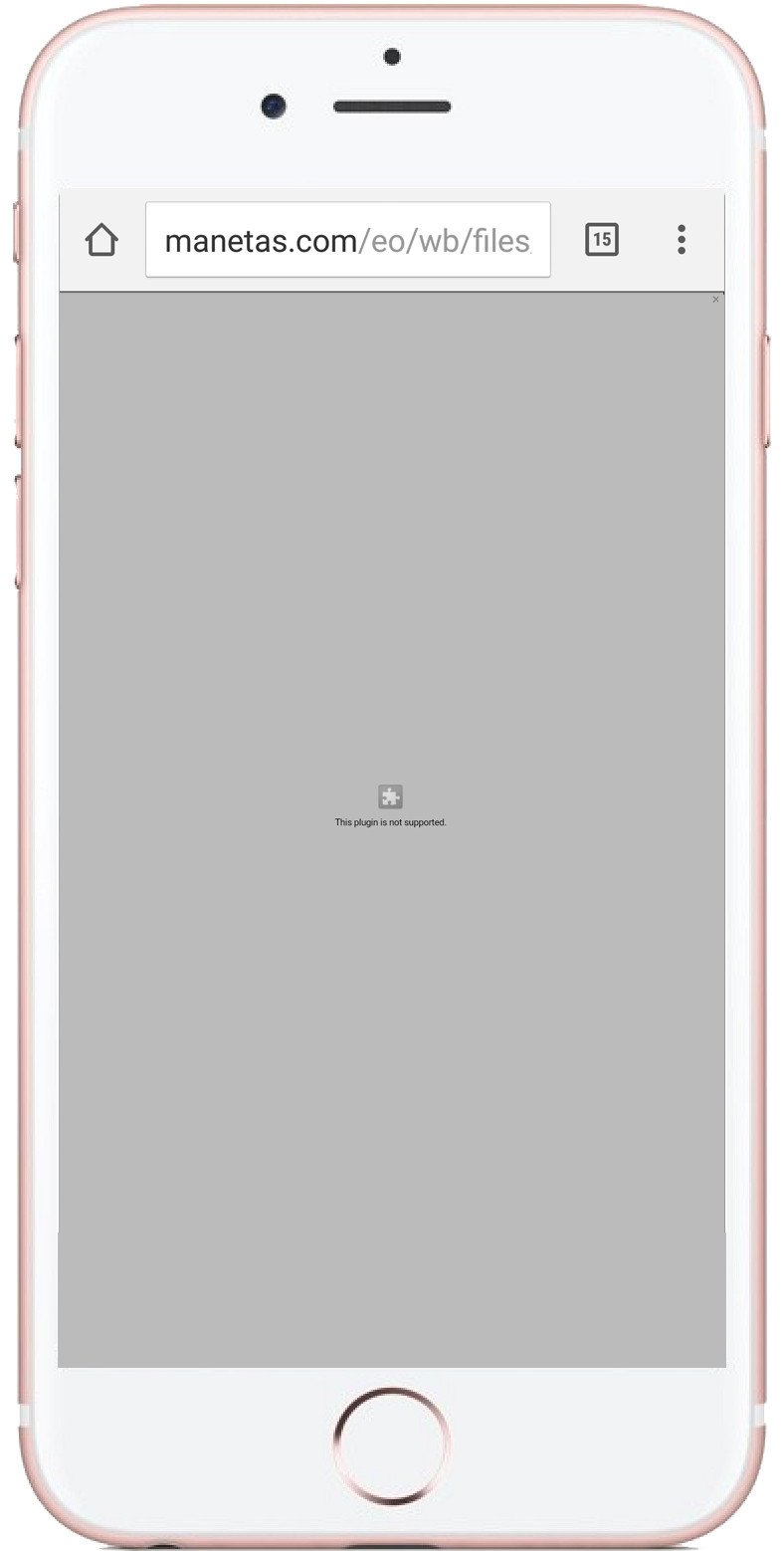
Rozendaal’s piece why he was sad .com is a bit different from the previous works because it is still completely functional on desktops. There is a little a twist though, because it is non-functional on mobile devices. This piece of neen art is great for kicking off a discussion about accessibility for the future of the web. If the page is visited on desktop, the viewer is greeted by a blank light blue screen followed by simple, graphic and comic-like clouds whirring in from both sides. The site is interactive and if the user scrolls over a cloud, it disappears. It is nearly impossible to get rid of all the clouds to uncover the screen completely because new clouds always come flying in from the sides. However when visited on mobile the viewer is met with a plugin not supported because Rozendaal’s piece is built in flash which is not supported on most mobile devices and would certainly behave differently if it were to function. Jonathan Zittrain, an internet scholar calls this a “sterile” technology or “non-generative” technology in his 2008 book The Future of the Internet - And How to Stop It. In a nutshell, his argument is that closing off technologies such as mobile devices so that they cannot generate new programs or in this case view certain pieces of the web, is dangerous because it leads to too much corporate control over what users are able to view and create. Zittrain also argues that this is almost inevitable because of our current dependency for these sort of devices. I think why he was sad .com is a great metaphor for this. The clouds, no matter how hard the person interacting with the work tries, will always end up obscuring the clear blue sky.

Ryder Ripps’Internet Archeology inclusion in this exhibition was a bit of a tough choice, at the surface it seems more like a curated project about the old web itself, and the artist designates the project as such but Julian Stallabrass’s brings up a compelling argument for net.art as curation in his interpretation of Alexei Shulgin’s WWWArt Medal (1995-7) in his article The Aesthetics of Net Art: “This piece of online curation, or curation as art work, is a particularly pure form of Internet art that links pre-existing data in a singular manner, as if it were the result of a database query. It is an act of appropriation, in the manner of Duchamp, though of a particularly minimal and filmy kind, since there is no movement or signing and dating of objects. It is also, of course, a critique of the art institutions' apparently assured marking of works as works.” (54) This is particularly fitting for Ripps’ archive. Yet, Internet Archeology behaves differently than just “appropriation”, it is a celebration, a glorification, of old web aesthetics. It might even be a romanticization of the past, where creative self-expression roamed wild on the web and allowed many amateurs to publish their own site through Geocities where these archived images were found by Ryder Ripps, and many other volunteers.

Of all the previous works, perhaps this is the least “serious”, but it does a great job of illustrating what can be succeeded when different online media and websites are archived en masse. It is a fascinating trip throug a certain period of self-expression on the web, without the constraints of institutions. The work itself is referred to as a “web collage” by the artist Cameron Askin. With collage's roots in Dadaism, the concept of a "web collage" can be a little ambiguous. What differentiates a website re-using content from a so-called web collage? Whether or not Askin is re-using existing digital artifacts in the same manner as Dada artists, Askin has found a creative yet simple way to homage the vestiges of a now bygone era of the internet. It may not have the conceptual depth of many other works but what appeals is it charm and experience.

French-Canadian scholar Jean-Paul Fourmentraux wrote about the instability of net.art projects and its meaning for the medium in his article, Archéologie de l'œuvre Net art : une esthétique du fragment , stating: “Ces differents facteurs de l’instabilite interfacielle, rattaches a la diversite des solutions d’ecriture et de lecture d’une page Web, renforcent le caractere aleatoire de l’experience de l’oeuvre” (24), he roughly states that exactly this volatility and ephemerality of net.art reinforces the experience for the viewer. Are we now to approach future works of net.art with this view, or should we insist on archiving each and every work for future reference even if it is against the purpose of the artwork? Indeed similar questions have already been asked for different mediums, such as film, notably by Rosalind Krauss in her 1999 book “Voyage on the North Sea” Art in the Age of the Post-Medium Condition , illustrating the problem as such: “The medium or support for film being neither the celluloid strip of the images, nor the camera that filmed them, nor the projector that brings them to life in motion, nor the beam of light that relays them to the screen, nor that screen itself, but all of these taken together, including the audience's position caught between the source of the light behind it and the image projected before its eyes.” (25) The debate on the archival of net.art is not one specific to the medium, but one for art in general. Should art be maintained to the best of our abilities or should it be left to slowly degrade and build upon, as with ancient ruins? I wish through my exhibition to have raised more questions than I have answered so as to spark a debate about the very nature of net.art. I hope to have shown the viewer multiple examples of what I consider to be “Web Ruins” through this online exhibition. Maybe one day it will become just an empty address, a ruin itself.